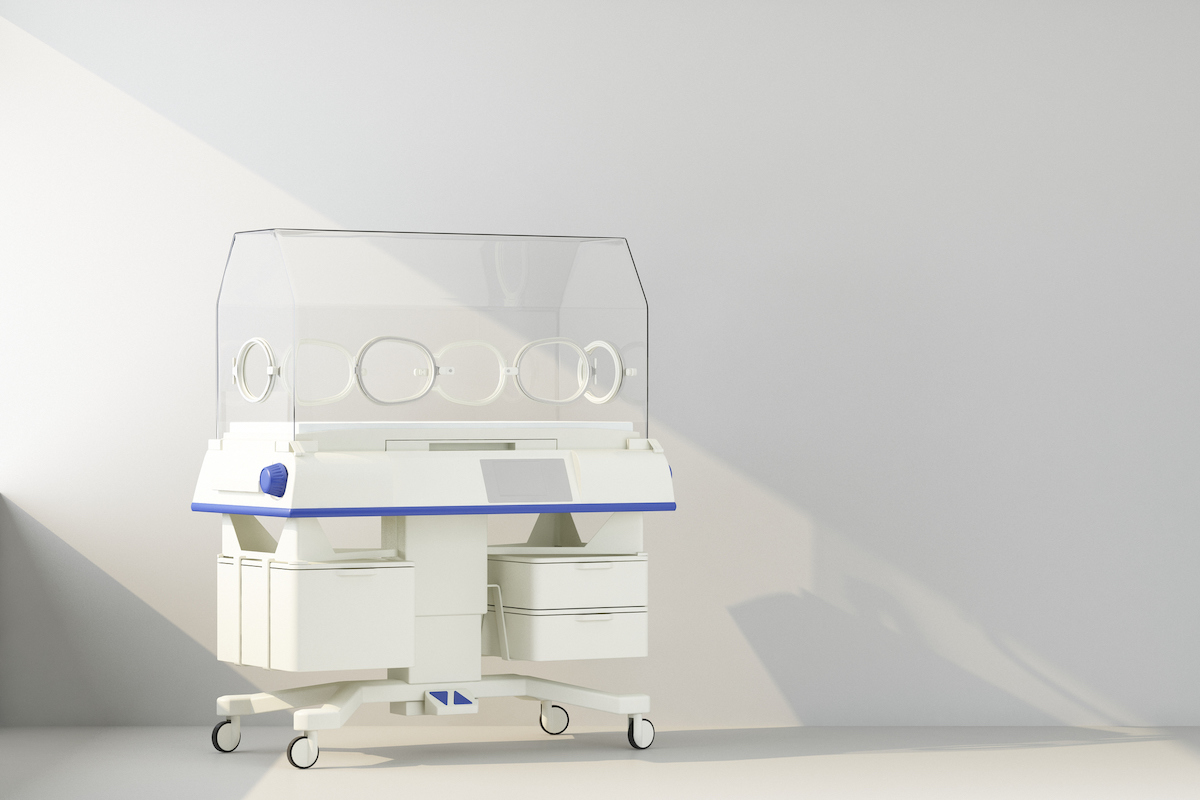Is vaginal seeding worth doing?
—Anonymous
For those of you who are scratching your heads: vaginal seeding refers to a practice of using a swab or gauze to transfer some vaginal fluids to the skin of a baby born by C-section.
Why would one do this?
It has been noted in the data that infants born via C-section are at higher risk for several conditions (example: asthma). There is speculation that this could be a result of more limited exposure to the maternal microbiome through vaginal birth. This, in turn, has led to the idea that we should “seed” infants with the maternal microbiome through wiping them.
This practice is extremely controversial and has no particular evidence base one way or the other. It is seemingly true that there are some differences in infant bacteria after birth depending on delivery mode, although it isn’t clear (see, e.g., this careful study) that the difference persists very long. A review article finds evidence of variation in infant gut bacteria in the first months of life but not persisting to the 6- to 12-month period.
Even if we did observe variation in gut bacteria, linking that directly to health is difficult. Our understanding of the microbiome is quite poor, so while it seems clear it is in some way important, it’s not at all obvious how vaginal seeding would matter. I will say it is also unclear to me how much we should believe in a link between C-section and these health outcomes, given the many other differences across groups.
On the flip side, there are concerns that vaginal seeding could be unsafe for infants, since we do not generally like to just do stuff to newborns if we are not sure it is a good idea. It’s a little ambiguous what exactly the safety concerns are, but infection or other negative reactions are the primary issues.
The American College of Obstetricians and Gynecologists’ guidance says that clinicians should not do this outside of an approved clinical trial. A few trials are underway. Even if they do show some effects, it is hard to imagine they will be very significant. In the end it does not seem worth it to push, even if you think your OB would be responsive.
Community Guidelines















Log in